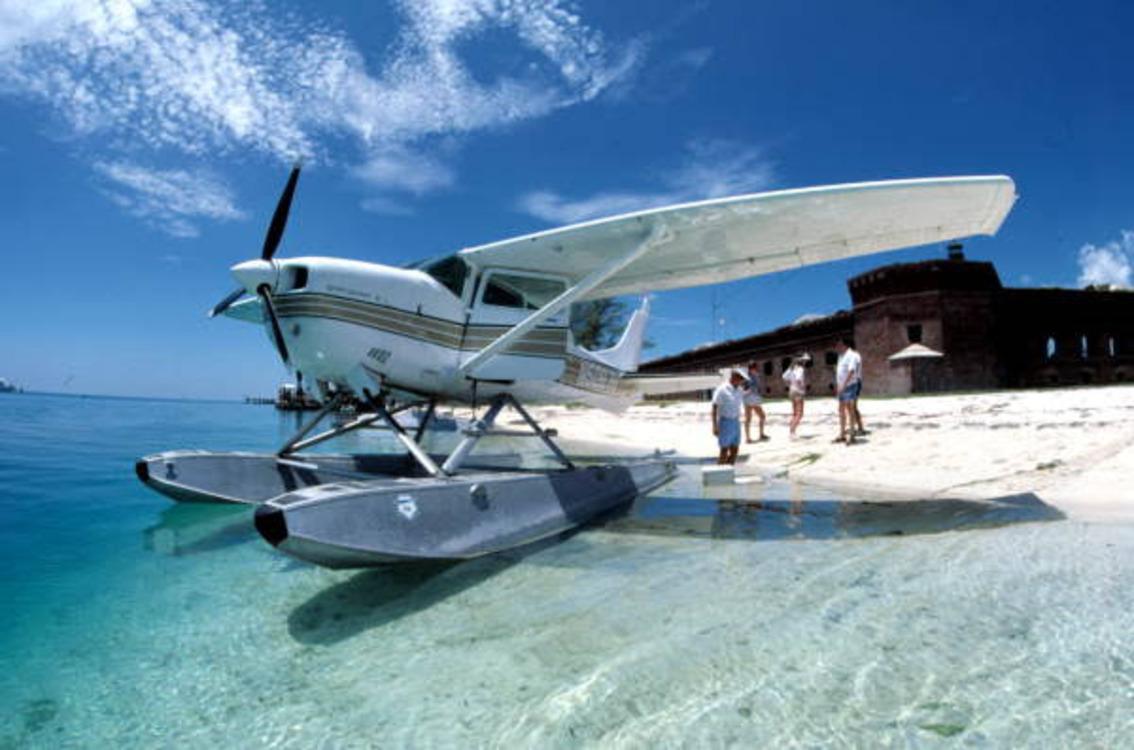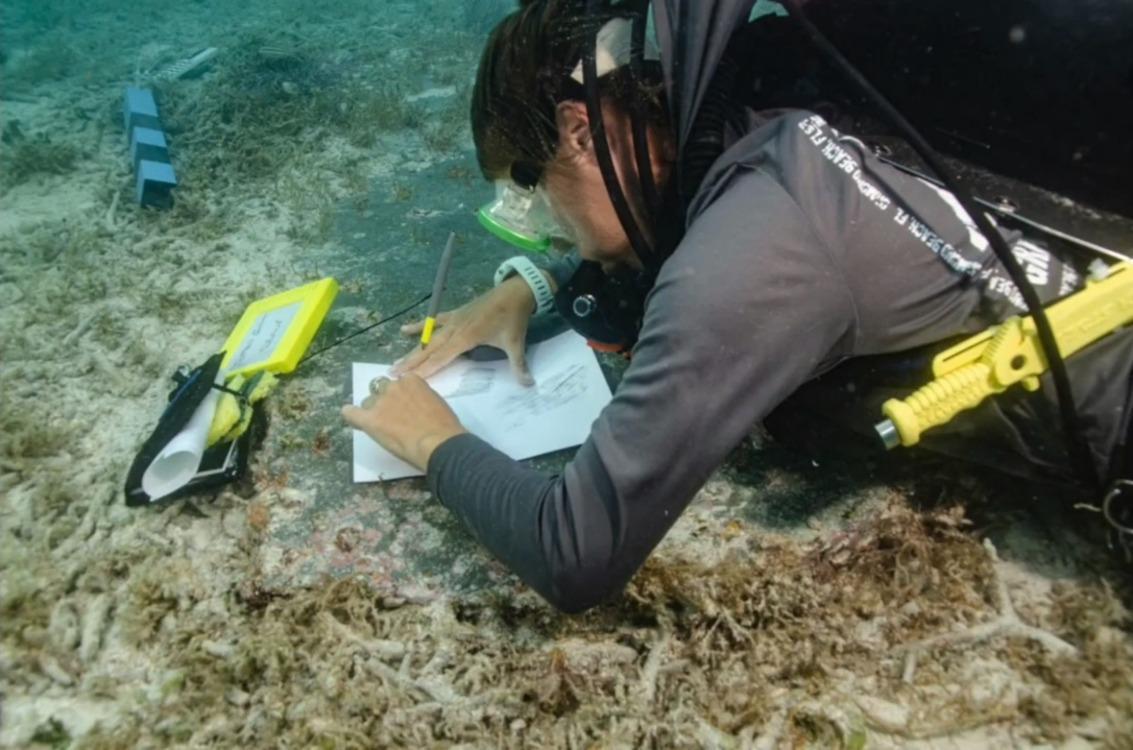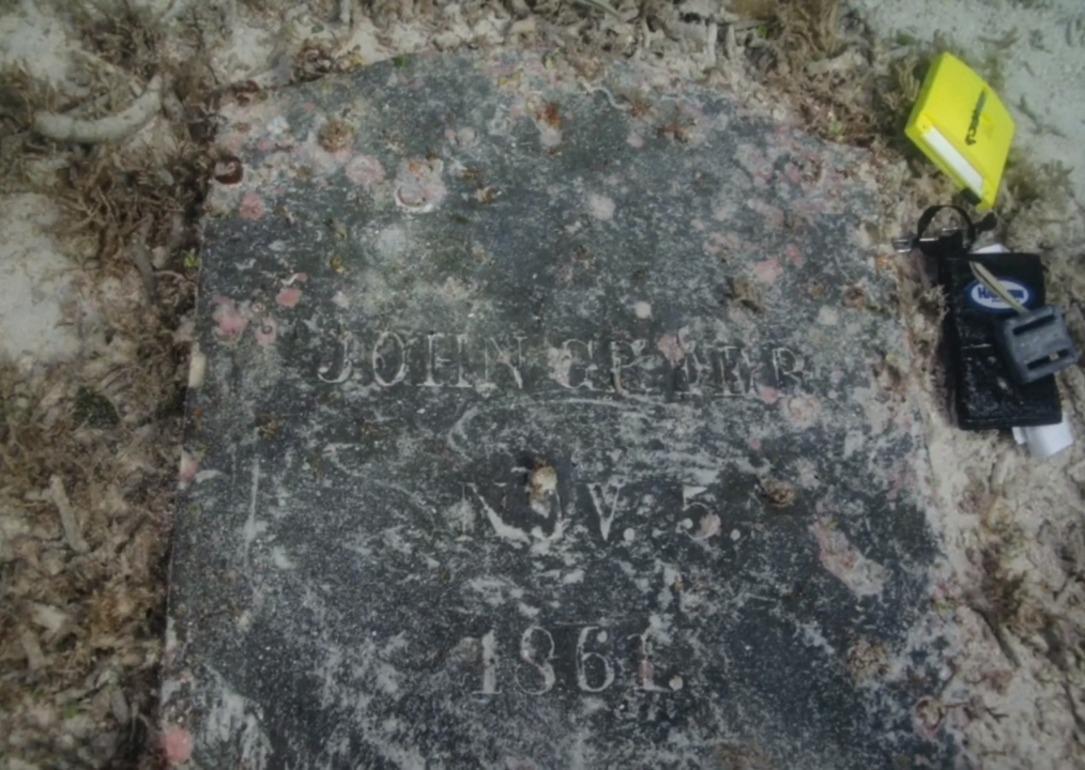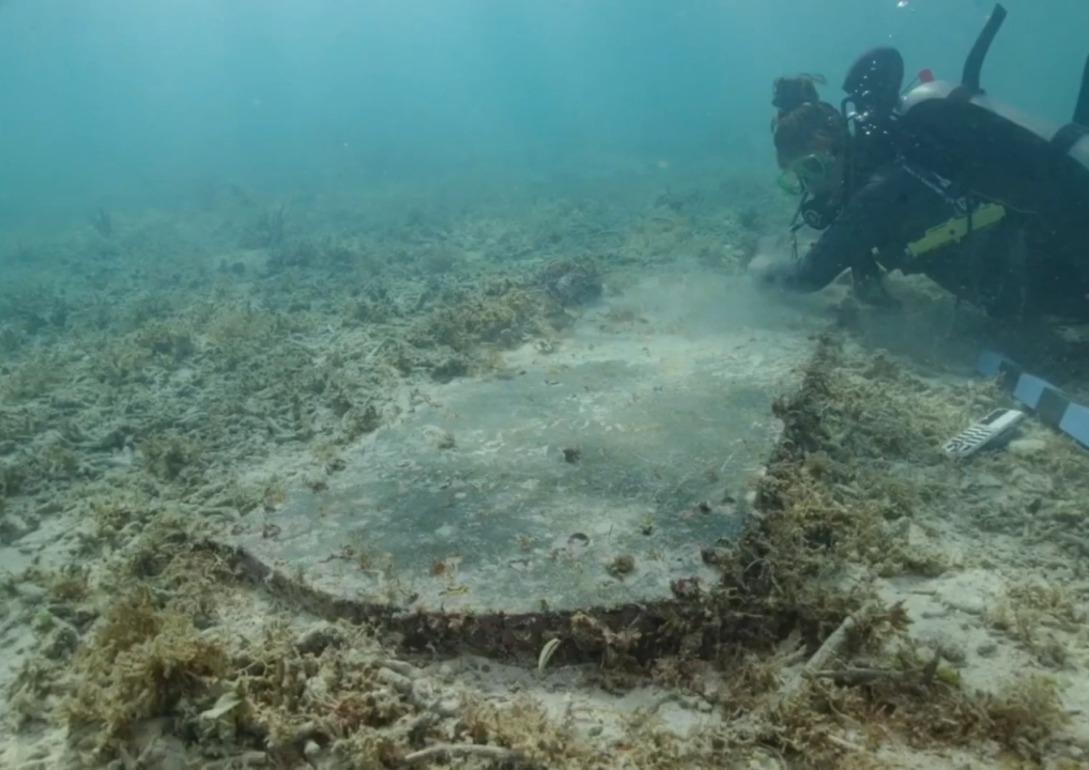Archaeologists Find 1800s Hospital Underwater At Florida Natural Park
National Parks are home to the many ecological faunas in the United States. In some cases, these are unique natural formations; at other times, they come in the form of human-made structures.
While Yellowstone National Park features many natural sights, the Dry Tortugas National Park is a human-made settlement that has been converted into a Historic Site. The subsea hospital in question is located within Dry Tortugas, Florida Keys.
Who Builds a Hospital Beneath the Sea?
Joshua Marano first discovered the underwater hospital in 2016 while working as a maritime archeologist with the National Park Service. While flying back to the archipelagos of the Florida Keys, Marano noticed a submerged feature in the sea.

Source: GetArchive
At first, he assumed it was the remains of an abandoned lighthouse. However, after landing, Marano proceeded to survey the area for clarification.
A Once Teeming Island Now Underwater
During their investigation, Marano and his team discovered that the markings he saw from the sky were those of a submerged island. In 1824, when the US Navy began construction of Fort Jefferson, Dry Tortugas consisted of a chain of 11 islands

Source: YouTube
However, today, there are only six of the islands left. Through a combination of storms, hurricanes, and climate change vectors, the other four islands now lie beneath the sea.
Hospital, Prison, and Gravesite
Fort Jefferson was a military outpost and an armory of the United States Navy. During the 2022 survey by Marano and his team, they discovered that the submerged Islands were service stations for the main fort.

Source: YouTube
The survey revealed one of the islands served as the cemetery and hospital outpost. The team even found a well-preserved headstone of John Greer, who died on November 5, 1861.
The Preservation of History
Records have it that Yellow Fever ravaged the civilian and military occupants of Fort Jefferson in the 19th century. Since this disease was exceptionally communicable by mosquito bites, administrators must have used the small islands around the fort as a quarantine or isolation facility.

Source: YouTube
The discovery of this hospital has led to an extension of the Historical Site designation to the submerged islands. This will prevent scuba divers from looting the site.
